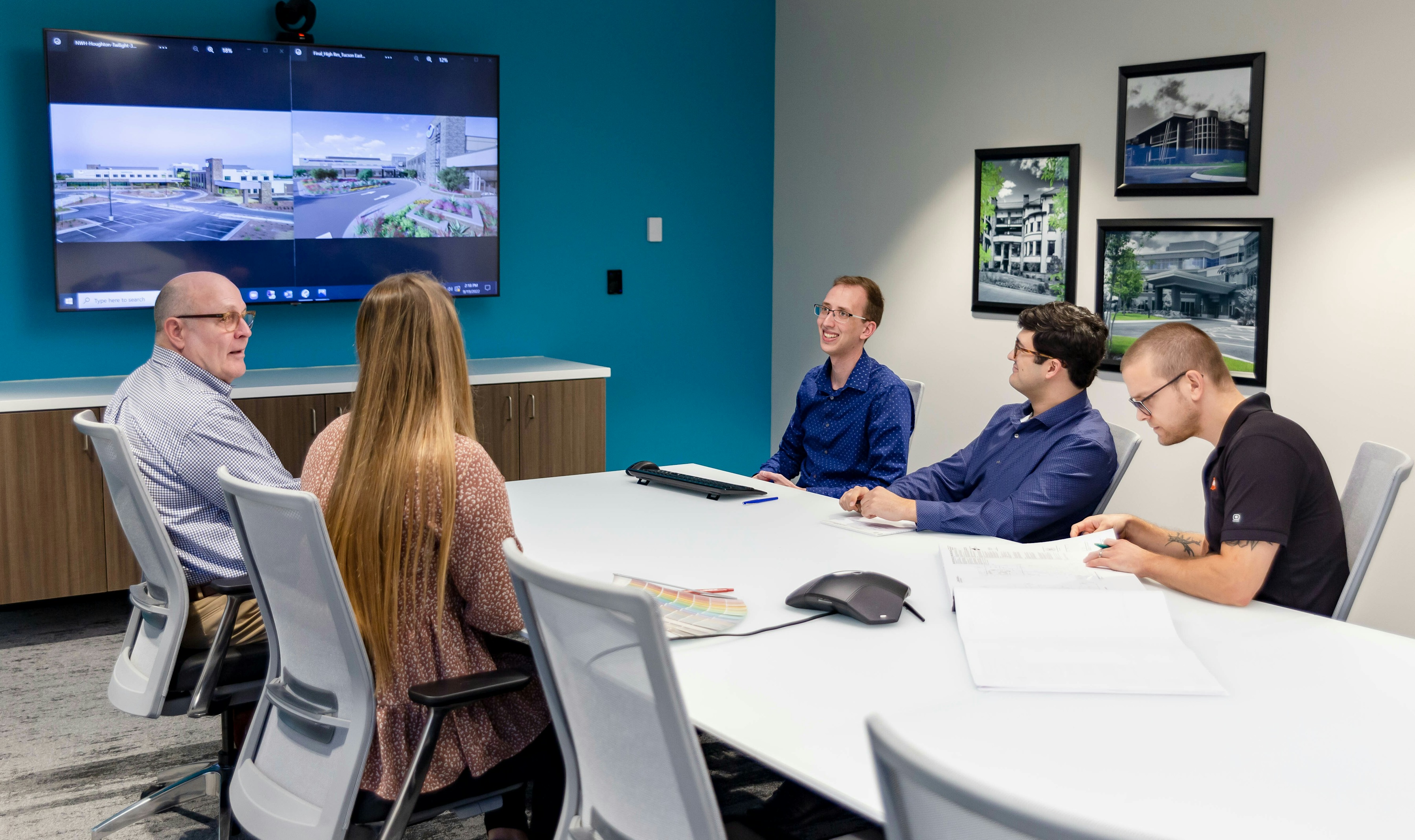Our History
Wold | HFR traces its origins to 1910 in Nashville, Tennessee. A young architect named Russell Hart left New York for Nashville to oversee the Hermitage Hotel's construction, acting as resident architect and field supervisor. Upon the landmark hotel's completion, Hart decided to take advantage of Nashville's burgeoning economy and established his own practice using his unique style of Gothic architecture. Nearly a decade after Hart's arrival in Nashville, engineers F. Eugene Freeland & Martin S. Roberts formed their own Nashville practice. While involved in separate companies, the three men worked collectively on several projects before joining forces in 1920, along with architect George D. Nevins, to form Nashville's first major architectural & engineering form: Hart Nevins Freeland Roberts, Architects & Engineers.
For Russell Hart, the initial merging of talents in 1920 was to be a fortuitous step forward, as his new engineering partners would be able to help him achieve structural demands that his classical architecture required. The merging would also undoubtedly come in handy for what was to be the newly-formed firm's first project, the permanent reconstruction of the Parthenon in Centennial Park. From the one-of-a-kind Parthenon project onwards, Wold | HFR continued to go from strength-to-strength, gaining a solid reputation in the industry by designing numerous noteworthy structures and buildings that are still intrinsically woven into the history of the Nashville area and its culture. This includes projects such as the Ryman Auditorium, the Tennessee Governor's Mansion and many more.

